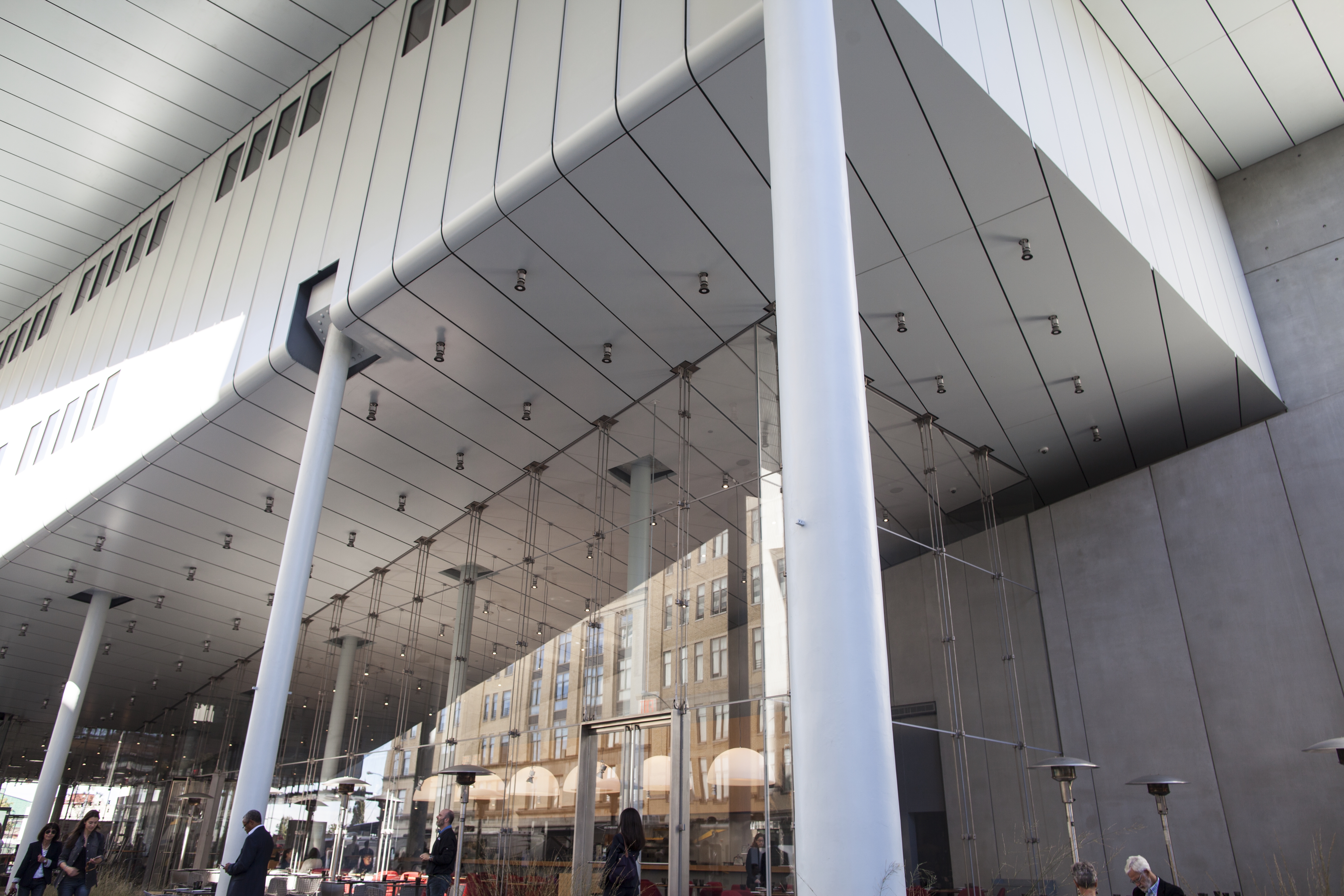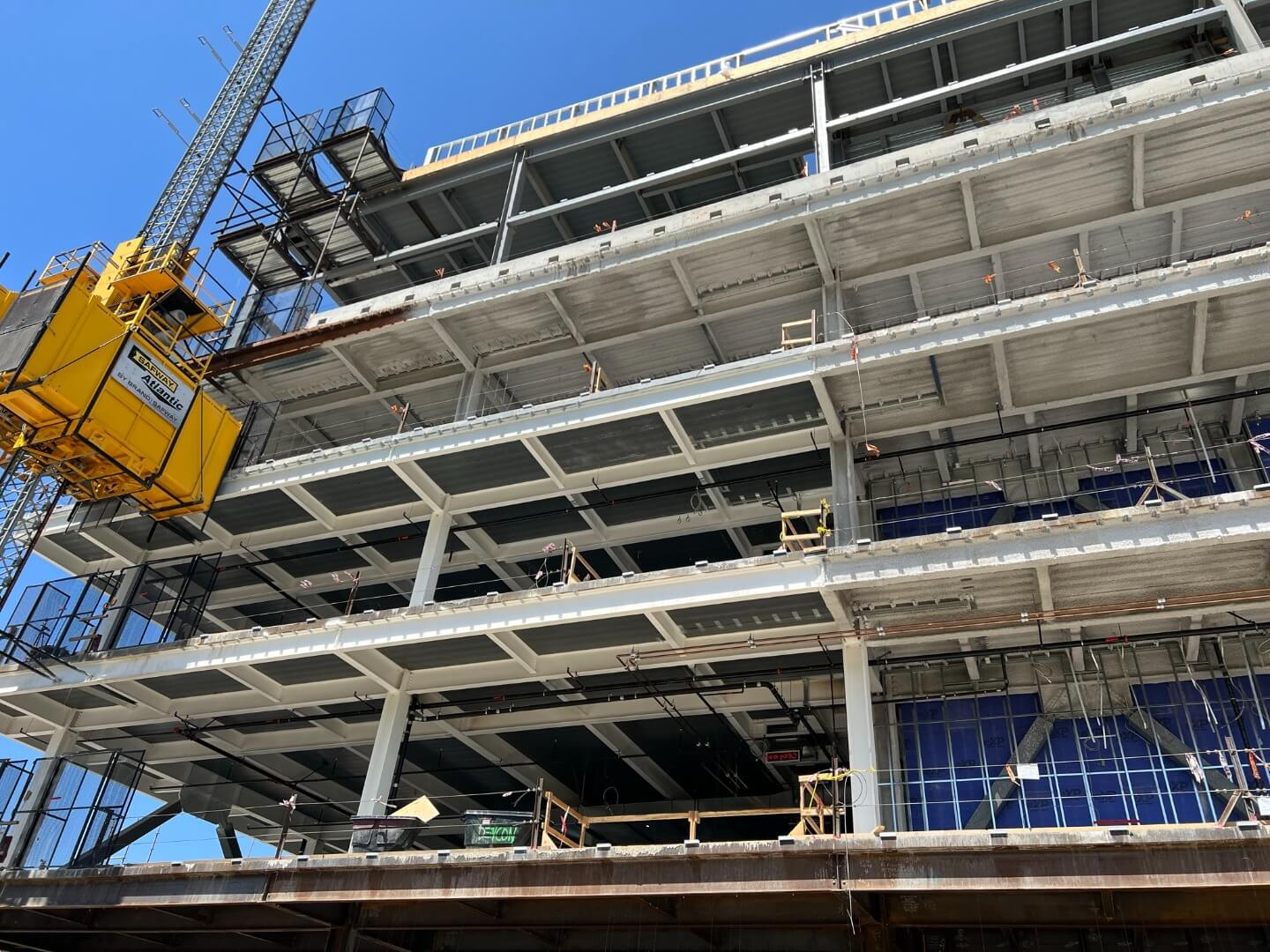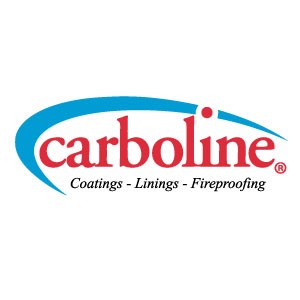The reason it's "ideal" and not "best" is because "best" is subjective.
Relationships among each project's circumstances mean that no material type or application method is universally superior. And unfortunately, these circumstances do not march one after another neatly in time. They are simultaneous and often at odds.
So what material or combination of materials makes the most sense? The lazy answer is, it depends.
The real answer reframes the question: What information do I need so that I know my spec will result in a satisfactory and timely delivery?
This guide doesn't tell you what to choose, but it will help you think through how.
Required fire ratings
Matching intumescent materials to applicable required fire ratings has a way of being straightforward and prescriptive without being easy or fun.
Building codes state the fire rating or ratings a structure must meet, and then the normal push and pull of architecture and engineering results in a design for load-bearing members that both satisfies the aesthetic vision and is feasible to build.

Intumescent fireproofing selection falls within that push and pull, where a crucial detail risks being overlooked: testing.
Laboratory testing verifies the thermal performance of structural members in a huge range of shapes and sizes. Yet it does sometimes happen that a design includes a shape or size never used before. Architects don't go out of their way to include novel components in enclosed spaces where simpler, cheaper options will suffice. But it's a different story if the component is prominent and essential in an exposed location, or somehow vital to structural integrity regardless of its visibility. What then?
Adjacent circumstances like cost and schedule will dictate what happens next. Maybe making that architectural statement is not so crucial after all, and the design is changed. Or, maybe it is, or maybe the part plays a vital structural role. If either is the case, that's the beginning of the long, expensive process to validate intumescent material performance over the novel design for the very first time.
Architectural design
The reason intumescent products exist in the first place is to achieve fire ratings with lower-profile and nicer-looking materials vs. cementitious products.
But differences in intumescent chemistries and applied protection thicknesses lead to different finish characteristics. Whether these characteristics are regarded as appealing is a matter of shifting opinion.
The general rule is that solvent-based and two-component epoxy intumescents cure to form an orange peel texture. Some water-borne intumescents can achieve qualities almost indistinguishable from conventional high-gloss urethanes.
Sometimes that orange peel texture is desirable. Other times it's not, and so you either choose something else or adjust the budget, schedule, and specification accordingly to abrade away unwanted texture before applying a compatible decorative topcoat. If the latter path is chosen, it is essential that enough intumescent is initially applied so that the ensuring reduction in thickness does not bring it below the minimum required thickness. Project teams must weigh the aesthetic benefit of having their chosen color or other finish qualities against the cost and schedule impact of applying a topcoat that has no functional purpose.

A popular way architects get the best of both worlds is to specify water-based intumescents in inoffensive neutral colors. If you're good with the color, then no additional surface prep, material, or labor is required to achieve the great looking finish water-based materials provide.
Case in point: In Mountain View, California, Google's Bayview 1, Bayview 2, and Charleston East headquarters buildings include some structural steel protected by Firefilm III. It was applied to exposed, highly visible beams in the ceiling of work and common spaces. Firefilm III is bright white and contrasts pleasantly with the clean, warm tone of the blonde-colored wooden ceiling the beams support. Project architects needed a material with exceptional finish qualities because these components would be within just a few feet of people.
Note, however, that visual appeal never exists in a vacuum. The factors and material characteristics described below conflict with, and sometimes overrule, a choice made purely based on aesthetics.
Construction timeline
Project teams take great care to develop and stick to schedules. The dominance of the design-build or integrated project delivery construction method is proof that builders today see speed as the definitive pathway to the greatest profit.
The coatings industry has responded to builders' pervasive search for time savings by developing materials and application methods designed to accelerate construction schedules.
The problem is, which material or which method ends up saving time depends on far more than just what the stuff is made of or how you put it on. The debate over applying intumescents in the shop vs. in the field is the perfect example.

Some celebrate shop application of two-component epoxy intumescents (for example, Thermo-Lag E100) prior to steel erection as the ideal time saver. The premise is that the shop is always a safer, more controlled, and less crowded environment. The more systematic nature of shop production is faster per square foot of steel coated, and therefore cheaper. Epoxy materials are also generally hard but ductile upon curing, an important combination that is resistant to strain on steel members or damage that can occur during transit.
But what about all those blockouts at connection points? Those can't be fireproofed until after erection. Shop application always results in needing to do some field application anyway. And what about other components that need to be attached to the steel after it's installed? This often results in intentional destruction of some fireproofing that needs to be fixed later, adding to the time spent on-site.
On the other hand, proponents of field application note that the real savings comes when solvent-based intumescents (such as Thermo-Sorb VOC) are applied after steel is erected and before curtain walls go up. When the material goes on after erection, there's no blocking out. And solvent-based products require far simpler equipment vs. the complicated and very expensive equipment required for two-component application. Some are also weather-resistant and can cure just fine even during open-frame construction in cold weather.
But that's still a lot of equipment and material hauled to the site. What about the difficulty in coating irregular shapes or in areas difficult to access? What about bumping into all the other trades at work? And you can't argue that applying material from the height of a man lift will ever be safer than doing it on solid ground.
Truth is, materials and methods themselves don't save anyone anything. Savings comes from understanding them both well enough to know when each one shines, and matching that knowledge with the owner's or general contractor's schedule demands.
All the better when that knowledge is shared early. On one hand, it can help bring an unrealistic schedule back down to earth. On another, it could accelerate a schedule and put more profit in everyone's pocket.
Cases in point: In Cupertino, California, the team leading construction of Apple's new headquarters utilized a temporary "shop on the job site" setup to apply Thermo-Lag E100 to structural steel supporting a clerestory that rings the top of the famed circular building. Field application would have been extremely hard, slow work owing to the difficulty in reaching the clerestory's structural steel after erection. Applying the material on the ground to pre-assembled clerestory modules reduced the number of blockouts requiring touchups.
Down the road in Santa Clara, the project team building new Nvidia headquarters settled on field application of Thermo-Sorb VOC for primary columns and other structural supports because of the material's ability to withstand general construction conditions—including rather cold temperatures—when applied prior to curtain wall application. This feature empowers construction teams to establish work sequences untroubled by weather.
Environmental/sustainability concerns
The manufacture of construction materials and the construction process itself are both significant sources of harmful pollution.
Efforts by industry and government to curtail the ecological and human health impacts of construction projects have resulted in myriad "green" or sustainability criteria and a growing list of materials certified to meet them.
A sticky problem is that "sustainable" or "green" have many meanings. Some criteria approach these from the lens of composition of raw materials. Others from the lens of emissions during and after installation. Some overlap, and some do not. Some are mandatory, and some are not, and even that depends on the location of the project.
It gets confusing very quickly.
Generally, you have more flexibility in terms of material availability and cost when sustainability is not prioritized. You have less flexibility—and should expect to pay a bit more—if sustainability is an overriding priority.
Leaving cost aside, it's also critical to compare performance, application, and aesthetic attributes of candidate materials when making a sustainability-driven specification. Not every intumescent material can score an A+ on sustainability, achieve a four-hour fire rating, and look as good as a decorative urethane all in one package.
It's a world of tradeoffs. We've tried to simplify it with a product transparency page that lists products, including intumescent fireproofing, meeting various sustainability criteria.
Sometimes the answer is "all of the above"
Some projects are large or complex enough that the most ideal intumescent spec features a combination of material types each suited for different locations or stages in the timeline.
Case in point: Epoxy, solvent-based, and water-based intumescents all were specified for different elements of the Google Bayview 1, Bayview 2, and Charleston East headquarters mentioned above.

Thermo-Lag E100 two-component epoxy was chosen for exterior columns holding up the roof around the perimeter of the buildings. Shop application of the material made sense because the large columns have only two connection points each. Touchup of blockouts was rather quick and easy.
Thermo-Sorb VOC was specified for all interior columns and supports holding up the towering canopy roof. Its application properties allowed for field application when the building was only partially enclosed. And while the components are in an exposed interior environment, they are distant enough that no one can perceive a difference in the finish compared to Firefilm III.
As first described in the earlier section, Firefilm III was used for all interior exposed steel floor beams. These beams are in plain view of workers and visitors so a requirement for superior visual appeal led to its specification.
Importantly for Google, each of these materials was tested and verified to meet strict VOCs and emissions requirements under LEED v4.0—the latest version of that program at the time. This came at a significant effort and investment, but it was worthwhile to Google who has pledged to build the most sustainable buildings possible.
A clear path forward
Construction project circumstances inform intumescent material specifications. Intumescent specifications can inform project circumstances.
It's difficult to navigate an environment where both a statement and its inverse are true.
But a clear path is opened when stakeholders work to get on the same page early on. It's never too soon to consult with a Carboline technical expert to discuss an upcoming fireproofing project.

